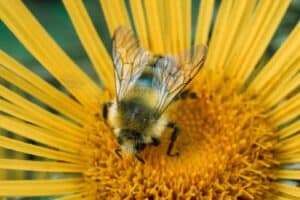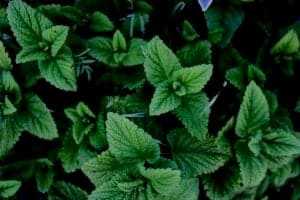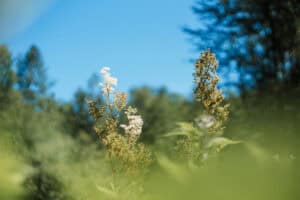Table of Contents
Physiomedicalist “Tonic”
In Western herbalism, “tonic” is a pretty loose, vague term that is used in a wide variety of contexts. Depending on those contexts, the word has very different meanings. So I’d like to define “tonic” and elucidate those different contexts so we can understand what this word actually means.
Often, we’ll see the word “tonic” used alongside something like “bitter tonic,” “nutritive tonic,” “rejuvenating tonic,” or just a “tonic herb.” Often, those all mean very different things. When I think of the word “tonic,” I like to look at etymology. I like thinking about the roots of words and how those roots of words correlate to other words. Through understanding words that are related to one another, we can get a better sense of what they actually mean. The root of the word “tonic” is “tone.” In the context of herbalism, when we’re looking at tone, we’re looking at the tonal quality of a tissue, which is looking at how tight it is or how relaxed it is.
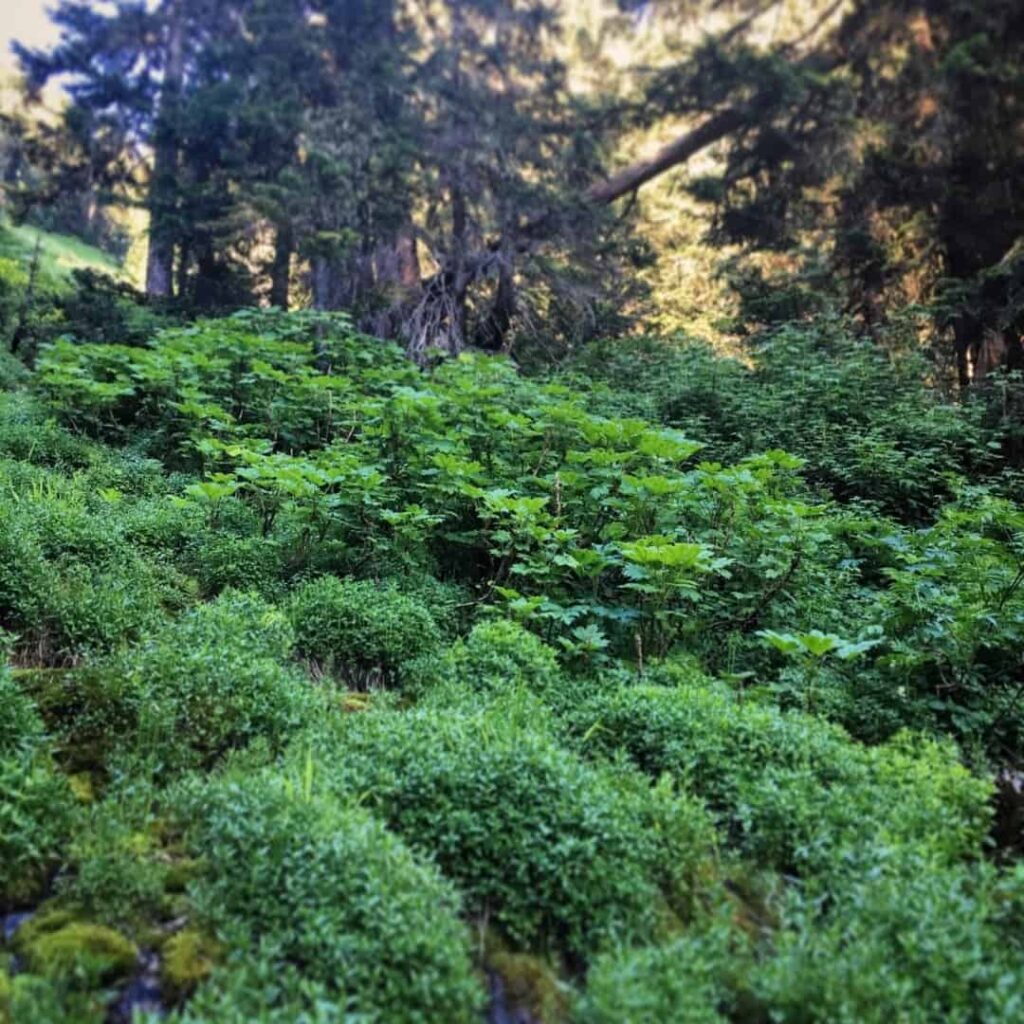
This is one of the polarities that we see in herbal energetics. Often we just look at temperature and moisture, of hot and cold and wet and dry, and it’s common to overlook the tonal aspect. That is what makes up the six tissue states of the physiomedicalist. So you have heat excitation and cold depression in terms of temperature. You have damp stagnation and dry atrophy in terms of moisture. And then you have tension and relaxation in terms of tissue tone. Tension and relaxation are important to consider when we’re looking at a tissue. It’s not always pertinent, but when it is, it’s really pertinent. You have to address it because if the root cause of an imbalance is due to the tone of a tissue, it’s not going to be corrected just by attending to hot, cold, wet, and dry. This is a good understanding to have about the energetics of the tissues and, conversely, what remedies we want to apply.
With that background on the word “tone,” we’ll look at the word “tonic.” “Tonic” is going to increase the tone of the tissue, meaning it’s going to tighten up the tissue. It’s going to provide firmness, stability, and tensile strength to the tissue. This is the opposite of a relaxant, which is going to relax constriction and tension or spasm. More often than not, relaxants are things like nervines and antispasmodics. Tonics in this context are going to be astringents. Paul Bergner combines those words together and says it’s a tonic astringent. It’s helpful to combine those two words so that people understand what we mean when we say the word “tonic” within that context. So that is the best way to understand the term “tonic” according to traditional Western herbalism.
“Tonic” as Bitter
In Western herbalism “tonic” is also used in the context of a bitter. Many bitter remedies work through the mucosal membranes, especially in the digestive system, but a lot of them are working on the mucosa in general—a mucosal membrane tonic action as a bitter, but also in the way that a bitter remedy is going to increase digestion and increase absorption. It’s going to bring more nutrients into the body and replenish the system in that way, simply by bringing more nourishment.
This is where we get into some different ways of looking at the word “tonic” and more of a building up and strengthening of the person, and we see this happening in two ways. We see a bitter tonic through enhancing digestion and absorption, and on the other side, we see a nutritive tonic, which would be the remedies that stand at the boundary between an herb and a food. These are typically mineral-rich, nutrient-dense plants that we often take as strong infusions to fill in nutrient gaps and provide bulk nutrition, including remedies like Nettle leaf, Red raspberry, Oatstraw, and Alfalfa. These are all very mineral-rich plants that provide bulk nutrition to the body, but at the same time, most of those plants are also astringent. Nettles, astringent; alfalfa, astringent; red raspberry, absolutely astringent. Horsetail is another remedy in that category, also astringent. While they are providing mineral nutrition, they are also working as a tonic astringent to tighten up those tissues.
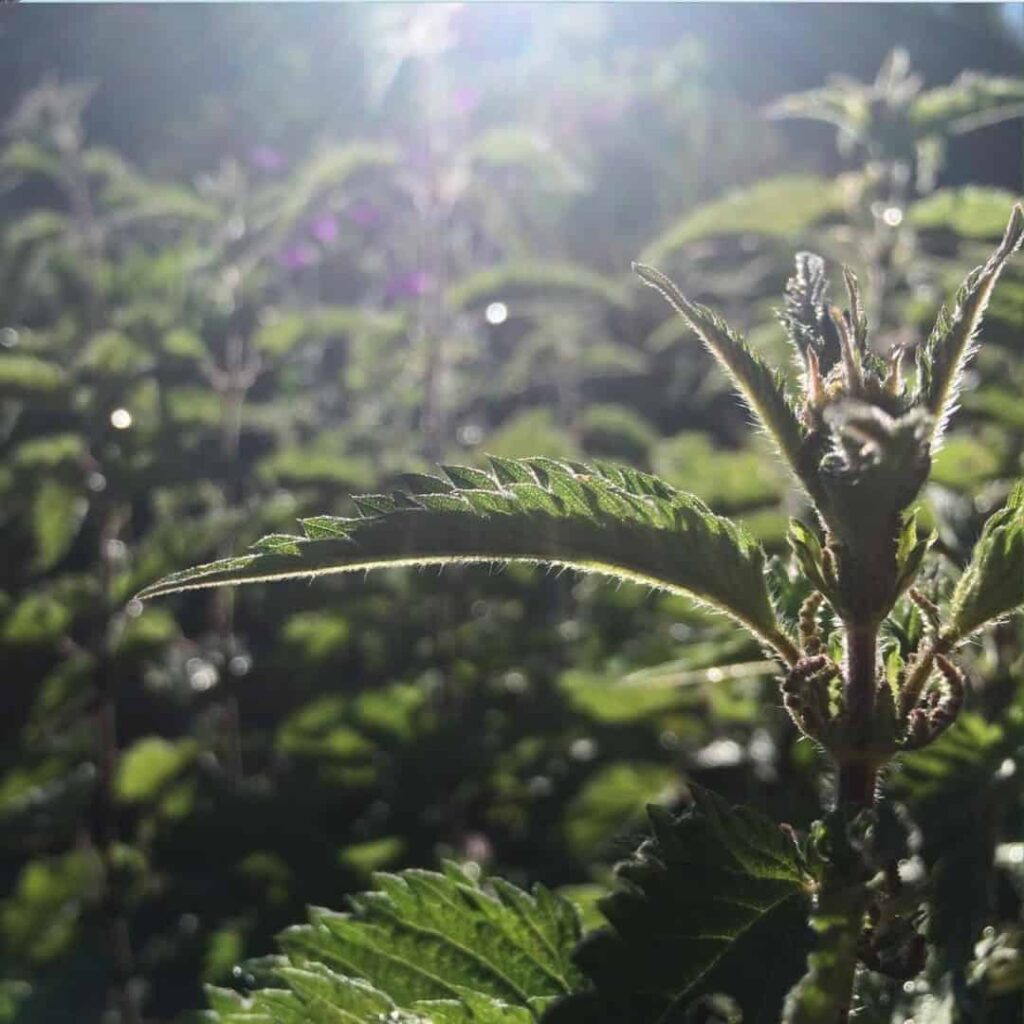
This is defining the word “tonic” within the context of Western herbalism. When you see a Western herbalist use the word “tonic,” that’s usually the way it’s being referred to: bitter tonic, nutritive tonic, or tonic astringent.
“Rasayana” in Ayurvedic Medicine
By contrast, the Ayurvedic term “rasayana” essentially means a rejuvenation herb. “Rasa” has a lot of meanings in Ayurveda, but one of the definitions of “rasa” is that it’s the juice, or the sap of the plant, or in terms of the dhatus or the seven tissues of the body, rasa is like our plasma. It’s one of the first substances that is created from the absorption and digestion of physical material. I think of the plasma as the extracellular fluid. Rasayana is a way of replenishing the essence. When people are very weak, very deficient, very fatigued, and they’re kind of wasting away and they don’t have any vitality, we would traditionally use rasayana-type herbs to replenish, rebuild, and restore that weak and deficient person.
In Chinese medicine, the closest equivalent to that would be something like what we would refer to as chi tonic herbs. So rasayana, chi tonic, is a very different category from what in the West we refer to as a tonic herb, which again is often associated with a bitter tonic, a nutritive tonic, or a tonic astringent. In the East the term “tonic,” or what is translated as “tonic,” is very different. The term we have in Western herbalism that is most closely equivalent to rasayana or chi tonic herbs is “adaptogens.”
It’s interesting that in the West we didn’t have a category for herbs to rejuvenate and replenish a weak, deficient vital force. In North America and Europe where Western herbalism originated and has been developed over the years, do we just not have those kinds of herbs? We do have a few. We have American ginseng. In the Northwest, we have Devil’s club. There are a couple of other plants, but for the most part, there are not many plants that grow in the West that have this kind of property.
That raises some interesting questions. Is that category not present because there are no herbs that do that? Do they all grow in the East? Is it more that rejuvenation wasn’t a very important area of focus in the system of medicine? One of my teachers at Bastyr said that in the East, they often were treating a lot of deficiency-type diseases, a lot of weakness, a lot of deficiency, a lot of emaciation, and needing to rebuild and rejuvenate people. Hence, there’s this whole school of herbal medicine focused on rejuvenation.
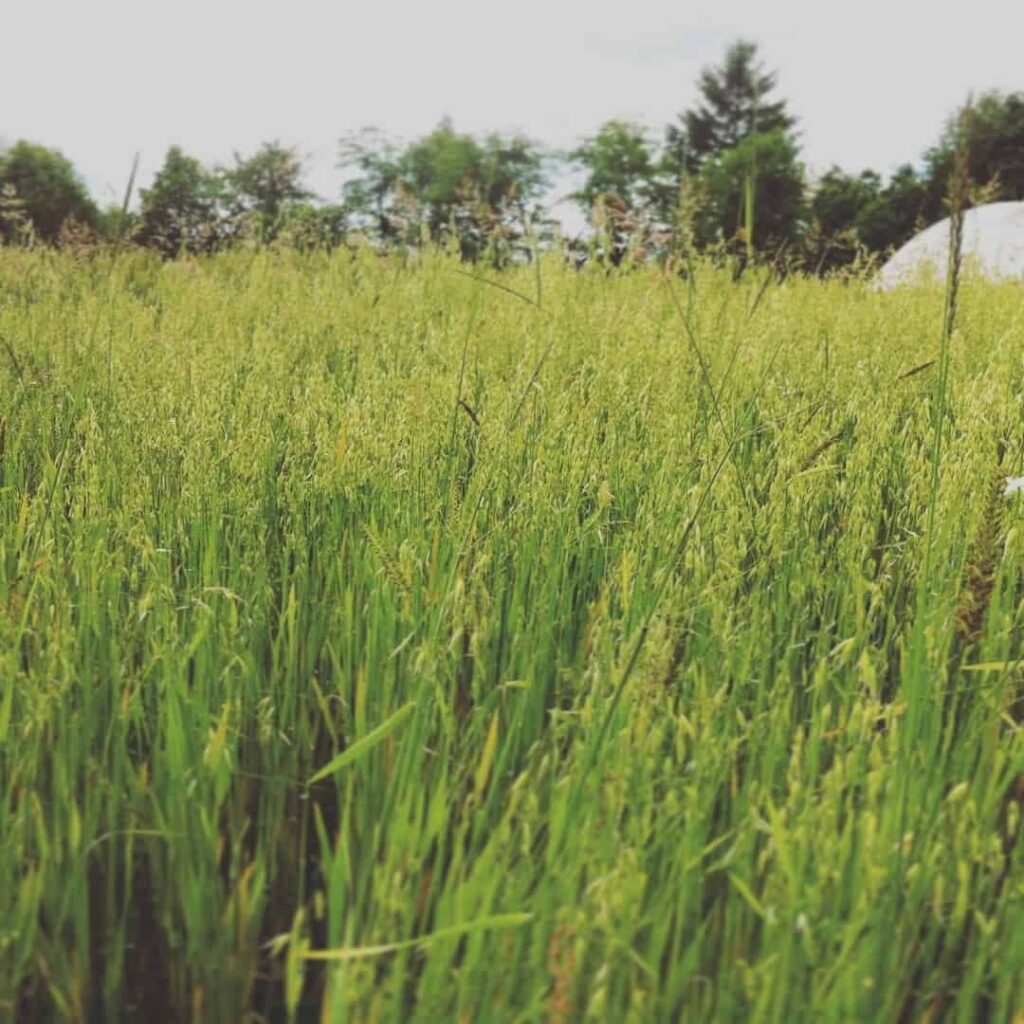
In contrast, in the West we tend to be a little more excessive—eating too much, rich foods, getting toxic, and needing to cleanse and purify the body. Alterative blood purifiers is an area of herbalism that was a very large area of focus. Western herbalism for a long time was just focused on using various purging methods, laxatives, and bloodletting methods to get rid of toxins or poisons. These were all purging-type therapies of heroic medicine, which brings up some interesting conversations in regards to why we didn’t develop that orientation longer ago. We now have these categorized as adaptogens.
Use and Misuse of Adaptogens
Adaptogens are very popular plants these days, and a lot of times they’re misused and can actually be damaging to people. I believe they’re not the cure-all panacea that everyone thinks they are. I’m saying this not from the perspective of a supplement company, from the perspective of a medicine maker, or from the perspective of someone who is basically profiting by selling adaptogens, but I’m saying this from the perspective of a clinician who has seen damage done to people by misuse and abuse of adaptogen-type plants.
“Adaptogen” is a very new term in Western herbalism. A lot of its is based on a very reductionist science on these plants, or more specifically, particular constituents in the plants that have been isolated and that work differently when isolated than when in the whole plant. In light of that science, we tend to overlook and neglect the thousands-of-years-old traditions that have used these plants, know these plants, and understand how to properly and effectively administer them.
I think this is just an important consideration that we don’t want to neglect the traditions that understand how to use those types of plants.
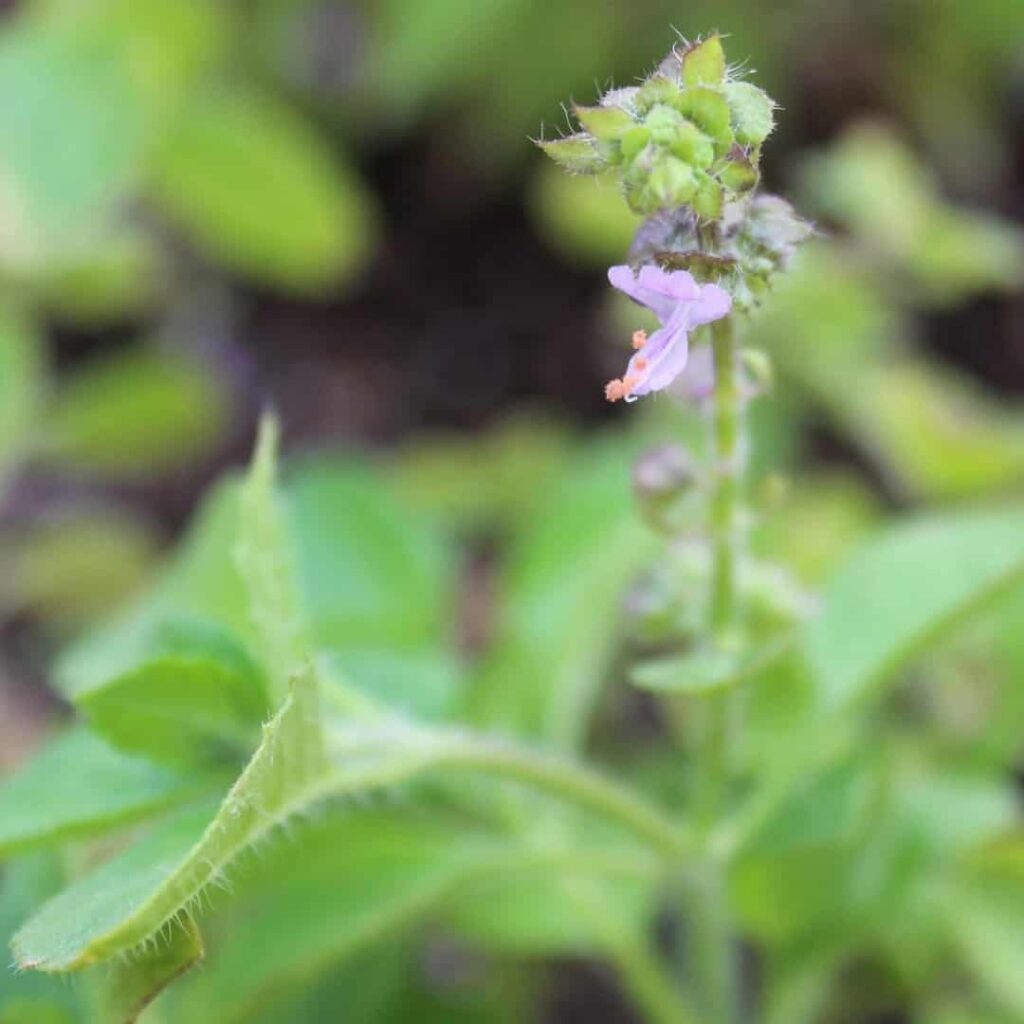
The Importance of Communicating Clearly
So that is my perspective on the word “tonic,” some of the different ways that we understand the word “tonic” in Western herbalism, and how to differentiate that from the way in which some of these categories of remedies in the East use that word—rejuvenative tonic or chi tonic—and how to make sure that we’re clear on what someone says.
When someone says, “Oh, this is a great tonic,” I ask them what that means. What do they mean when they say “tonic”? Are we throwing that word around without knowing what it means, or are we using that word precisely and understanding what we mean when we say it? It’s important to clarify those things when we’re communicating among one another as herbalists so that we’re all on the same page and that we all have a good understanding of what we’re all talking about.


